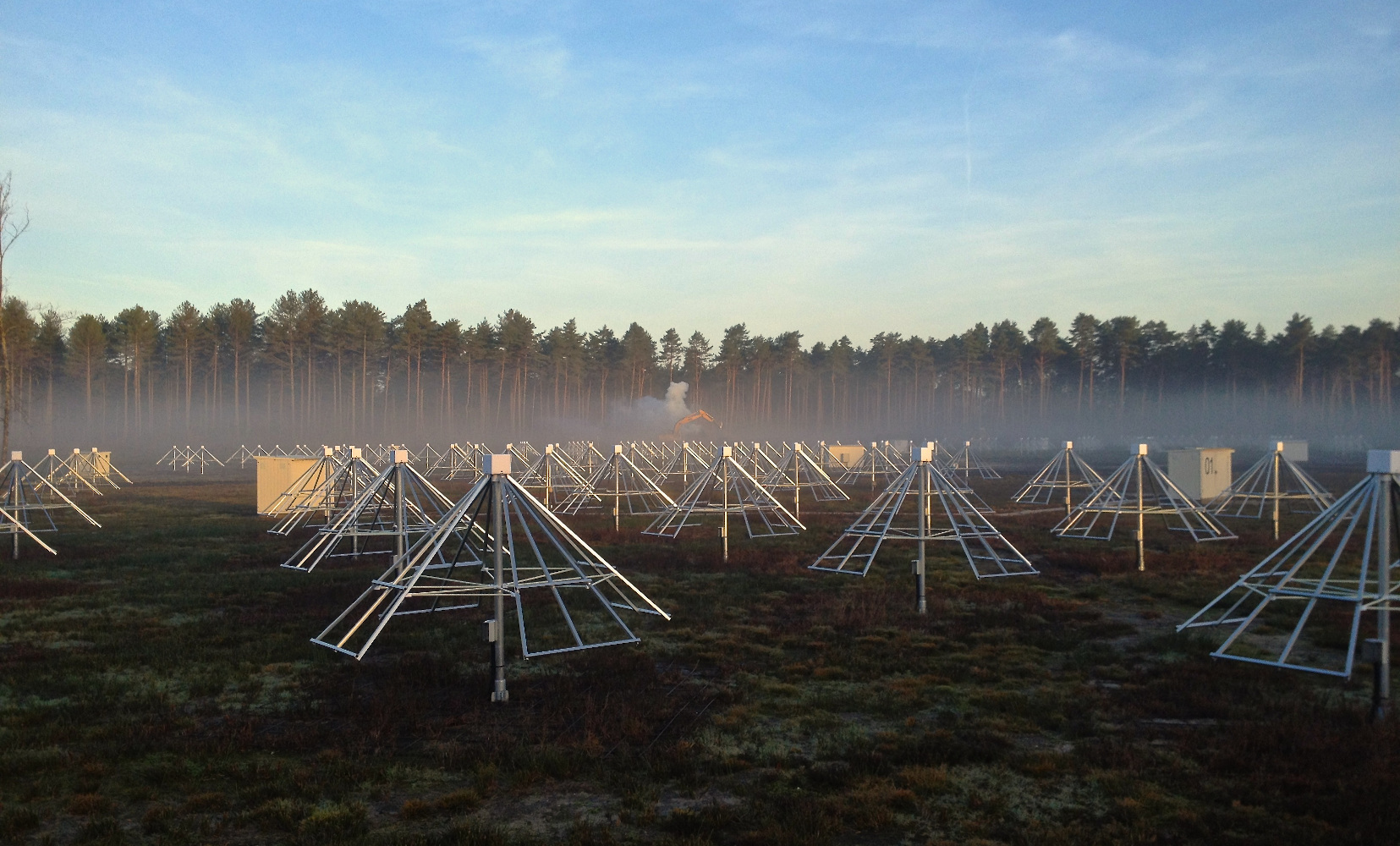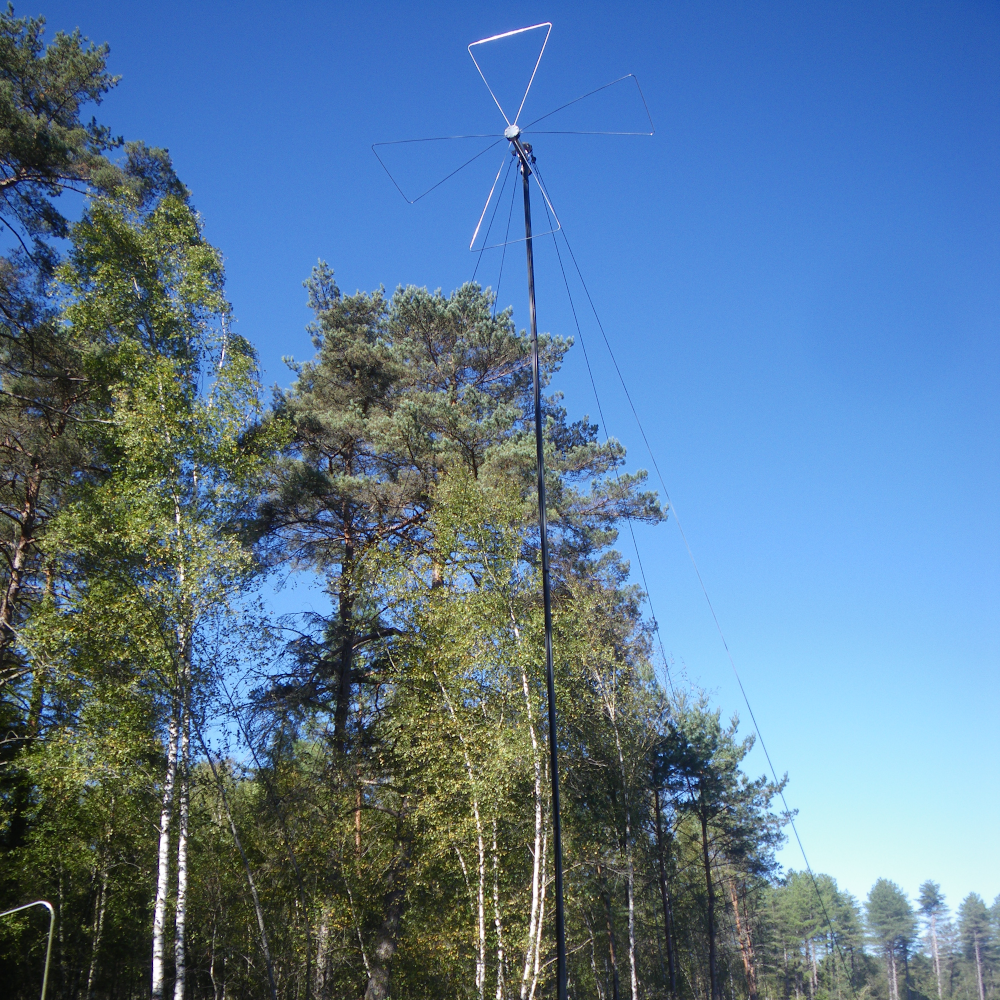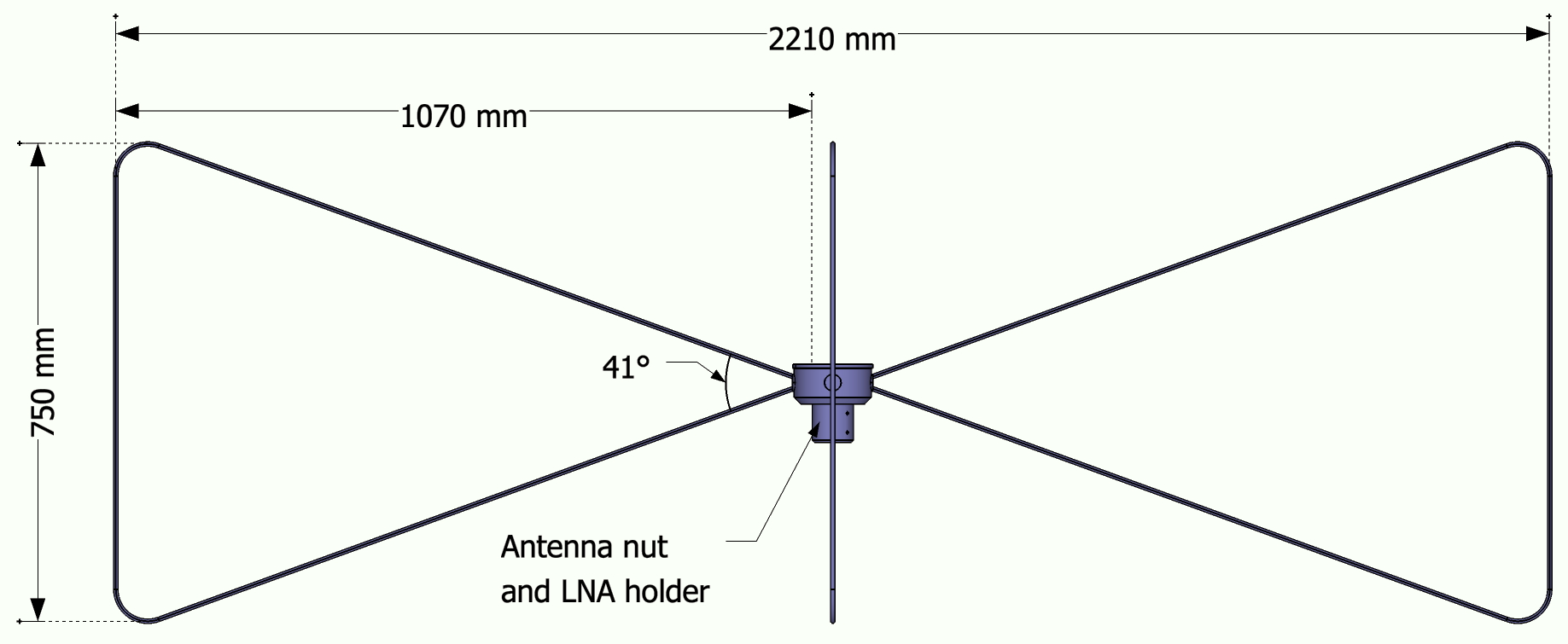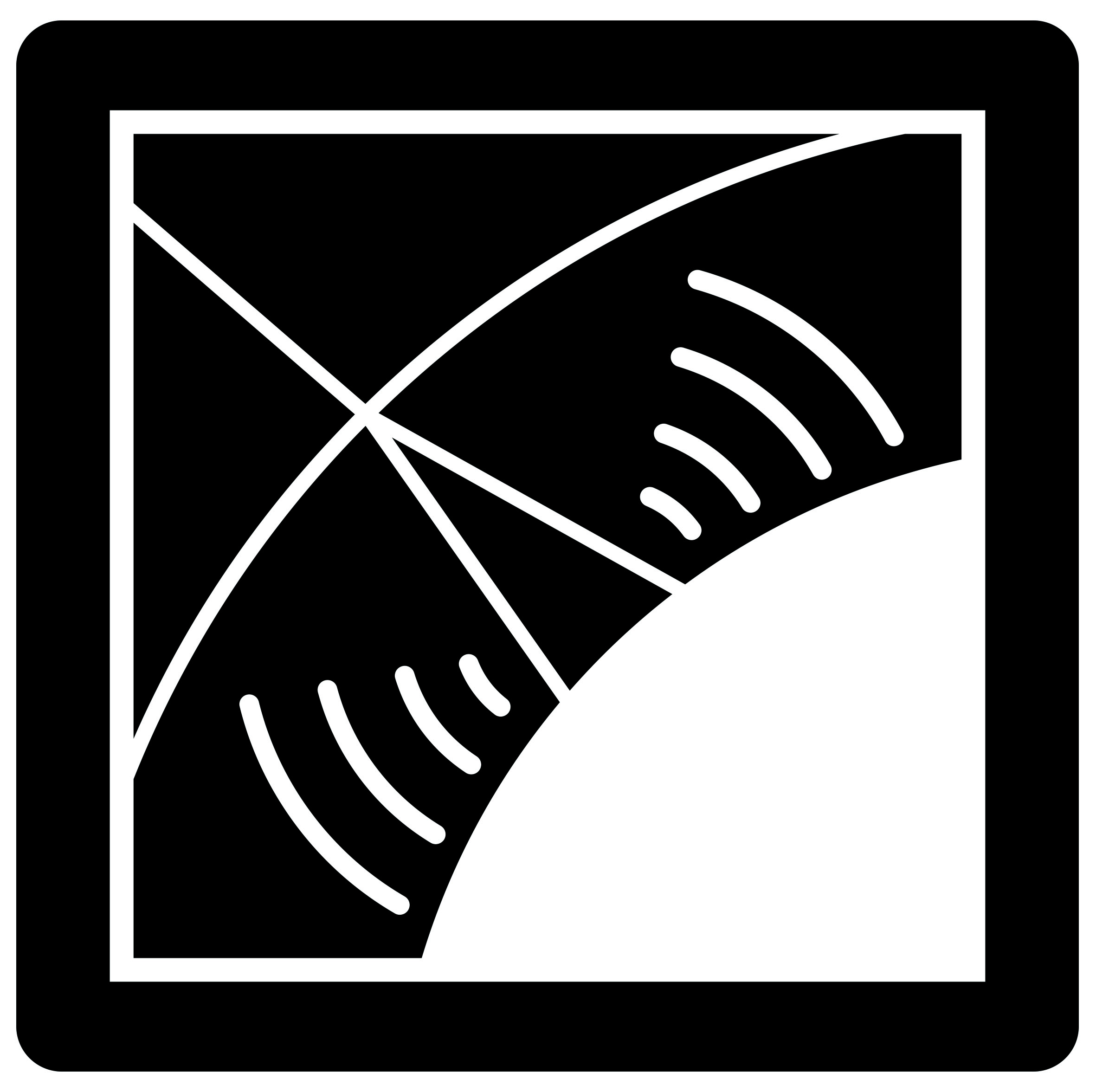Installed in the early 2000, at the radioastronomy station of Nançay, France, the CODALEMA experiment is now a set of various mature apparatus and prototyping instruments.

Installed in the early 2000, at the radioastronomy station of Nançay, France, the CODALEMA experiment is now a set of various mature apparatus and prototyping instruments.

Located on the site of the Nançay Radioastronomy Station, which gathers in the heart of Sologne French radio telescopes observing at frequencies ≤ 3 GHz, NenuFAR is a very large low-frequency radio telescope, which will be among the most powerful in the world in its frequency range between 10 MHz and 85 MHz.

The EXTASIS experiment aimed to re-investigate the [1-10] MHz band, and to study the so-called “Sudden Death” contribution, the expected radiation electric field created by the particles that are stopped upon arrival to the ground.

A set of 57 self-triggering autonomous stations (SA) scattered over roughly 1 km2 is the main CODALEMA detection system. The stations feature dual horizontal polarization “Butterfly” antennas equipped with the LONAMOS low noise amplifier and optimized to measure transients over a wide frequency band (10-200 MHz) and over a large dynamic range.
While RAuger1 was running since 2007 at the center of the 1600 Cerenkov water tanks of the Auger Surface Detector (SD), several european groups were investigating the possibility to use radio detection together with the regular and plethoric detection of cosmic rays made by the SD and the fluorescence detectors of Auger.

The compact array is a small cluster installed since mid 2013 of 10 antennas in dual linear horizontal polarization, distributed over a 3 branch star of 150 m × 150 m × 150 m (24 to 146 m spacing) in the middle of the CODALEMA particle detector.

The LONAMOS is a Low Noise Amplifier specifically designed for CODALEMA and is inherent to the radiators developed to form the active dipole antennas.

In June 2011, in collaboration with the French Centre National d’Etudes Spatiales (CNES), the CODALEMA team suspended an autonomous station from a static balloon held 400 m above the Nançay Observatory.

After the successful prototypes of RAuger-1 and taking advantage of the developement of the second generation of autonomous radio detection stations for CODALEMA (which was then on the way of its third version), the Subatech group improved the small detection array of RAuger-1 with 5 of these new stations.
After the design and successful use of the active dipole antenna for CODALEMA2, attempts were made to improve again the sensitivity of the antenna.

Beside the developement of CODALEMA in Nançay (at the time in its 2nd version CODA2 using a cabled array of fat dipoles), the Astroparticle group of Subatech was getting involved in RAuger-1, the first proposal to use the radio detection technique on the Pierre Auger Observatory site (Malargüe, Argentina), together with the Auger team of the LPSC Grenoble.

Surviving the early stage of the experiment a set of 13 scintillators covering a limited surface of 340 by 340 m2 allows to unambiguously detect high energy cosmic ray events.

In 2005, an active dipole antenna has been designed to replace the log-periodic antenna.

Started in 2002, the CODALEMA project use at first some of the log-spiral antennas composing the Nançay DecAMetric array (DAM), made of 144 of them.

